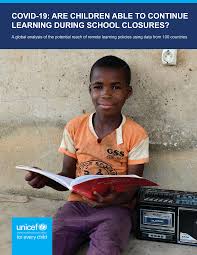Understanding the Current Landscape of School Closures in Canada

Introduction
School closures have become a salient topic across Canada, significantly impacting students, families, and communities. Whether due to health concerns, extreme weather, or other logistical issues, understanding the reasons behind these closures is crucial for policymakers, educators, and parents. In the wake of the COVID-19 pandemic, which forced many institutions to shut their doors for extended periods, school closures have gained renewed attention, drawing discussions on their implications for educational outcomes and child welfare.
Recent Trends in School Closures
As of October 2023, recent data indicates a rise in school closures connected to various factors. Regions such as Ontario and Quebec have reported temporary closures due to localized outbreaks of respiratory infections and flu, alongside health and safety protocols that change with evolving public health guidelines. Moreover, inclement weather conditions, particularly during harsher winters, have caused disruptions in the academic schedule, leading to closures in several provinces.
In British Columbia, heavy flooding has led to the evacuation of some schools, forcing them to close for safety reasons. The Ministry of Education is taking measures to ensure that the educational process continues seamlessly where possible, utilizing remote learning solutions to mitigate learning loss during these closures.
Impact on Students and Families
The impact of school closures is profound and multifaceted. Parents often face challenges with balancing work responsibilities while managing their children’s education at home. Those with limited resources struggle more, indicating that the socioeconomic disparities among families can exacerbate educational inequalities during periods of closure. Research shows that prolonged school closures may lead to significant setbacks in academic progress, affecting students’ learning and emotional well-being.
Recommendations and Future Directions
As school districts evaluate the need for closures in light of recent challenges, experts suggest several strategies. Enhanced communication between schools and families is essential to ensure clarity on potential closures and the implementation of remote learning. Additionally, schools are encouraged to assess infrastructure improvements that could allow for safer in-person learning experiences.
Conclusion
School closures, often necessary, present challenges that require innovative solutions and community support. Looking ahead, as public health situations evolve, proactive measures and comprehensive strategies will be crucial in ensuring that educational disruptions are minimized. The insights gained from these closures will play a vital role in shaping educational policies and practices in Canada in the future, making it imperative for stakeholders to collaboratively address these issues to support all students effectively.









